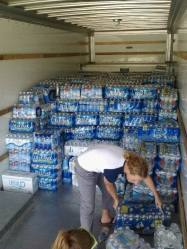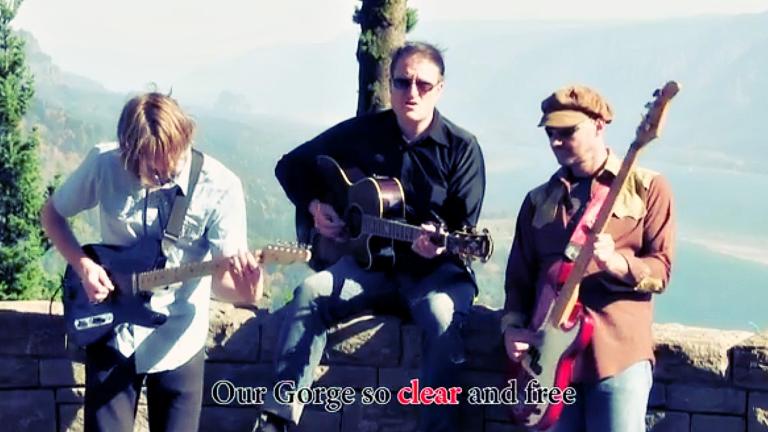 Earlier this week my West Virginia Governor Earl Ray Tomblin said the following about whether people should be drinking the water in Charleston and downstream: “It’s your decision….I’m not a scientist.”
Earlier this week my West Virginia Governor Earl Ray Tomblin said the following about whether people should be drinking the water in Charleston and downstream: “It’s your decision….I’m not a scientist.”
For the 300,000 people affected by the coal chemical spill from two weeks ago, I bet that’s very reassuring. Quite a profile in courage, our governor. Even less reassuring, the news came out Wednesday that there was another mysterious chemical spill in that leak, and officials are now testing to make sure the water treatment facility removed that chemical.
And it gets worse – how about this article featuring a former WV coal miner Joe Stanley, who says:
“I watched the coal industry poison our water for years. Now they’re telling us not to drink the water? We’ve been dumping this stuff into unlined ponds and into old mines for years,” he says. “This MCHM was just one of the chemicals we were told was highly toxic but that we dumped into old mine shafts and slurry ponds, and it’s been seeping into the groundwater for years.”
It sounds bad even before Stanley explains that coal mines are constantly pumped to clear ground water, aquifers, and underground streams: “As soon as we’re out of that mine it immediately fills with water. And where does it go from there? I don’t know, your guess is as good as mine.”
Stanley says he hasn’t drunk the water for years and that no one else should either.
We know the coal industry is getting away with poisoning our waterways nationwide, and a new study of federal data by the Associated Press shows just that. Coal industry chemicals and waste “have tainted hundreds of waterways and groundwater supplies, spoiling private wells, shutting down fishing and rendering streams virtually lifeless.”
And here’s the damning detail: “(B)ecause these contaminants are released gradually and in some cases not tracked or regulated, they attract much less attention than a massive spill such as the recent one in West Virginia.”
Coal-fired power plants are the nation’s biggest water polluters, spewing millions of pounds of toxic metals and other pollutants like arsenic, boron, cadmium, chromium, lead, mercury, and selenium into surface waters each year.
Beyond West Virginia, need another example of how close to home this contamination can be? Duke Energy’s coal ash pollution is contaminating North Carolina’s Mountain Island Lake – a drinking water source for more than 750,000 people in the greater Charlotte area.
Additionally, Duke Energy’s coal ash pollution from one coal plant in North Carolina kills 900,000 fish every year in Sutton Lake — and that’s just how it affects the fish!
In West Virginia, parents are wondering if they can let their kids drink the water, pregnant women are being told to drink bottled water — and we don’t even know yet the full effects of these leaked chemicals on the land and aquatic wildlife.
How much longer will we let the coal industry play fast and loose with our water? From coal processing chemicals, to the toxics scrubbed while burning coal, to the coal ash left behind – the industry is poisoning an element necessary for all life: water. It’s time to close these water pollution loopholes once and for all.
Photo courtesy of WV Clean Water Hub.



